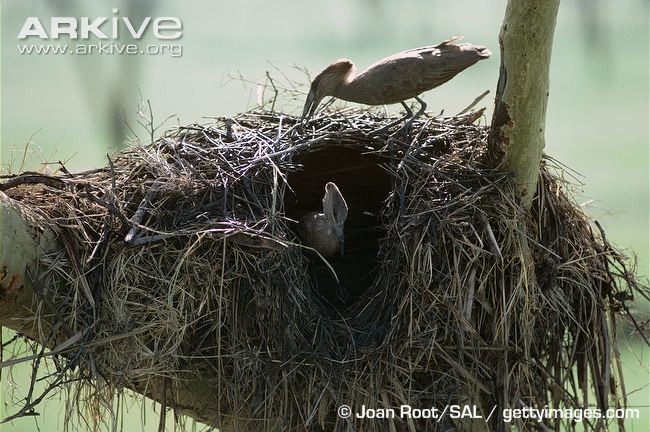The Hamerkop nest by the road

We need to forget plastic straws
26th April 2018
Do rivers burst their banks or follow their ancient course?
2nd May 2018This is what being in nature does to you. You are busy minding your own business, but the natural world becomes your business. This is especially so when you are fully aware of your environment. When you can easily notice a trail of ants or a chameleon in the nearby bush, sometimes you think you might be going mad. Particularly when you stalk birds and wildlife in residential areas. I’ve done this many times. I hope no one thought I was spying on them.
One day I noticed a Hamerkop collecting nesting material. Every day for about almost month I see the bird flying past, clearly not bothered by the residents going to work. Ordinarily, Hamerkops build their nests near water sources. I plainly assume its nest is nowhere near the road where I occasionally see it. So now, at this point, I’m curious to find it. The geographical zone has plenty of water sources so I tell myself I will go birding one of these fine warm days and track this nest.
Since the Hamerkop has completely got my attention, overshadowing the Black Headed Heron which I also get to view every morning as I head to work, observing the morning habits of the species became the trend. Some days, I can easily know when I’m late or early just by observing this particular bird. This will happen when I see the Hamerkop picking the nesting material to when it’s flying above or I don’t get to see it on that day at that time. Unlike humans who can decide to procrastinate on important tasks and priorities, animals are very consistent which their survival mode is whether the conditions are favorable or not. It’s instinctual.
On one particular day, I know I won’t get to see that Hamerkop. But I’m curious as I’m neither late nor early. I notice the Hamerkop approach from a different side than usual. So, where is this male or female coming from with nesting material from this side?
The Hamerkop’s nest was right next to a tree by the road. I have no idea why it never occurred to me that this particular tree could be the Hamerkop’s home since they show a preference for nesting in dead trees standing in water. The tree the bird is nesting on has wide branches to support the weight of the nest plus the advantage of having leaves that fully shade the nest from any predator.
Adventures are made of this. No matter how small, it still remains an interesting observation.
Despite its proximity to a somewhat busy road, the Hamerkop is able to forage in the nearby Ondiri Swamp and the several streams that flow within the area. Sticks and mud are also easy to find especially now with the current rainy season. This is a reminder of how trees are very important not only for us but for other species.
It was amazing to later discover that the nest hosts a breeding pair.
Hamerkop Facts
The Hamerkop (Scopus umbretta) probably derived its name from its large hammer-shaped crested head and short neck. It does have an easy name to remember. Even a child will remember the name. Their nests are massively built [can be as huge as 6 – 8 feet (1 – 3 meters)] with sticks and mud having a side entrance hole in a tree crotch. The nest has walls, a roof and a tunnel, plastered with mud, that leads to a sheltered inner chamber where the female lays her eggs. The Hamerkop is unique that it had to belong to its own scientific family Scopidae and genus Scopus. Hamerkop means ‘hammer-head’ in Africaans.
The Hamerkop hunts for prey such as tadpoles, small fish, insects, shrimp and other invertebrates. They are monogamous bird species and breed singly laying 3–9 eggs in their huge nests.
Enemies include bees, Barn Owls which occupy the inside of their large nests. Egyptian Geese and other ducks, and Verreaux’s Eagle Owls will sometimes breed on top of these structures.
When you get to see an unusual-looking, dark dusky brown, medium-sized bird with long legs and a ‘hammer’ head, know you have seen the Hamerkop. The only one of its kind. Scopus.





1 Comment
[…] favourite, the Black-headed Heron followed by Hamerkops that have built their large nests in a tree beside a busy road. I’m I always in awe of the large size of their homes. It’s like a fortress. Unbreakable by the […]